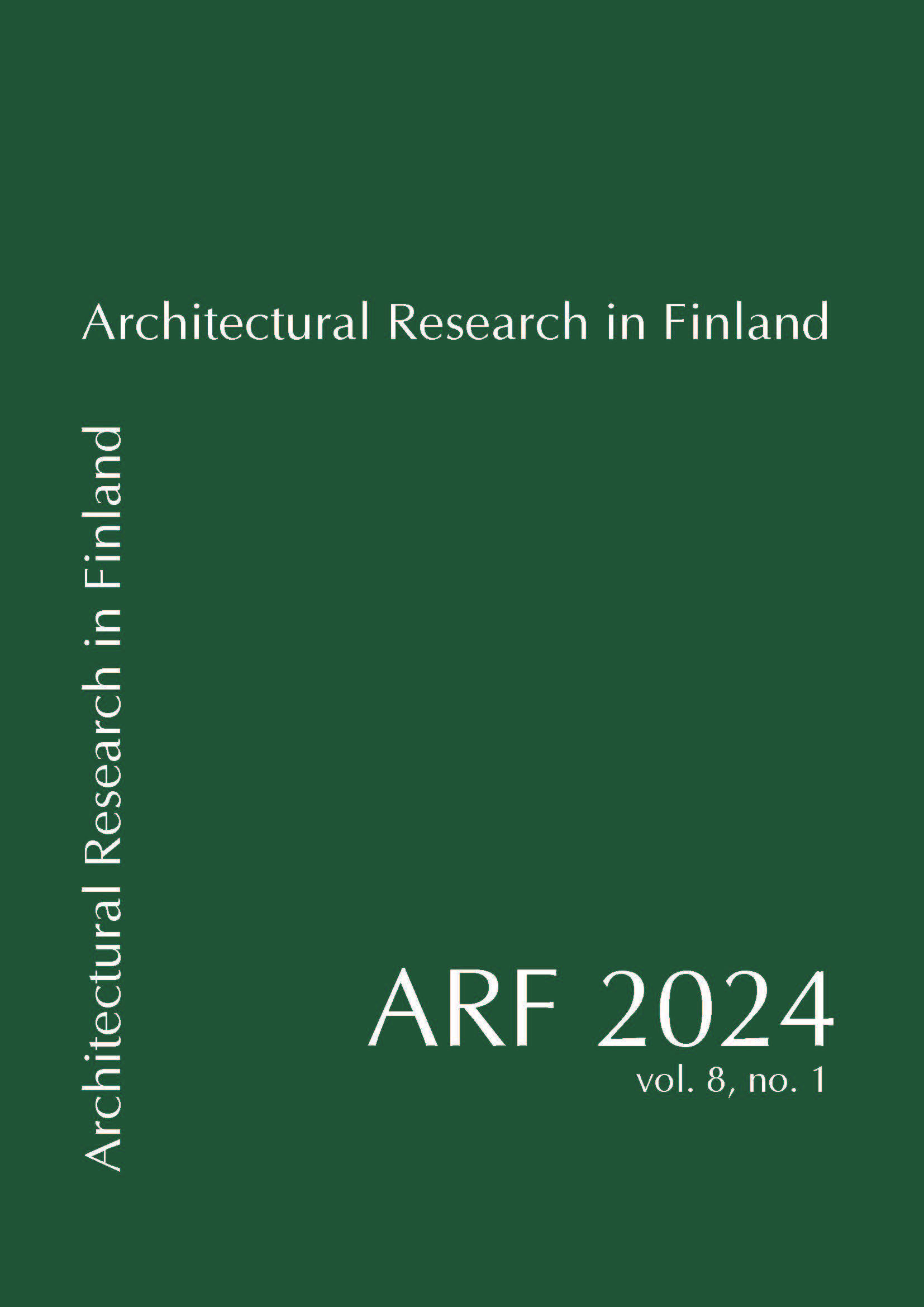Architectural Design from Upcycled Formwork Wood
Perspectives on New Physical and Aesthetic Qualities of Salvaged Formwork Wood, Computer Vision and Algorithm-Assisted Façade Design
DOI:
https://doi.org/10.37457/arf.146877Keywords:
Formwork Wood, Computer Vision, Upcycle, Timber Facade, Sustainability, ArchitectureAbstract
In Finland and many other countries worldwide, standard-quality wood is used as a building material in countless ways, from permanent to temporary uses as auxiliary construction and formwork. Unfortunately, formwork is difficult to clean after its use, which is why the construction industry considers it contaminated, no longer usable and, therefore, waste, and usually sends it to energy recovery. However, the remaining concrete on the formwork wood can be considered a process that can give the boards physical and aesthetic properties not previously considered. The research investigates how salvaged formwork wood performs compared to rough-sawn wood under natural weather conditions based on concrete coverage percentage. It assesses mechanical properties, ageing, and color changes, aiming to find the best fit for each board in new architectural applications such as facades while enhancing durability, and predicting future appearance for sustainability and design values. Our research employs a comprehensive approach that combines quantitative and qualitative methods, as well as architectural design techniques, to investigate the characteristics and behavior of used concrete formwork wood, considering both untreated and oil-treated variants. The properties of salvaged wood material are experimentally investigated. We (i) photographically scan each wood board to determine concrete coverage using image processing and computer vision, and (ii) conduct combined sun and water absorption tests to understand the performance and color changes of the individual boards. We show that sun exposure enhances water repellency for natural boards and both types of formwork wood, untreated and oil-treated, but comparably, formwork wood exhibits significantly lower water absorption rates. Our results identify oil-treated boards as the most water-repellent but with increased water absorption for elevated temperatures, often associated with sun exposure. These findings are used as input data to create algorithm-assisted customized architectural designs using a color gradient system. This method is a valuable tool for forecasting the surface color and its evolution over time that inversely also refers back to the identified performance of the board. We showcase façade designs on two scales, featuring a realized demonstrator using salvaged formwork wood and a façade study for the CE building at Aalto University, Espoo, Finland, both of them include ageing color gradient-based simulations alongside actual weather and climate data.




